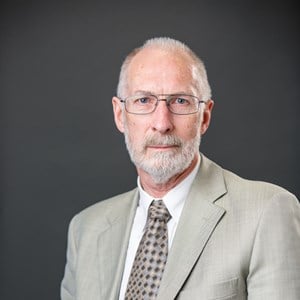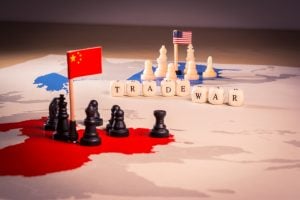Mr. Bandow is a Senior Fellow at the Cato Institute and the author of The Politics of Envy: Statism as Theology (Transaction).
There was a time when people actually trusted the federal government. However, “I’m from the government and I’m here to help you” is now considered to be a top joke line, along with “the check is in the mail.” Nowhere is the first line more appropriate than the Food and Drug Administration (FDA).
The FDA has long seen its mission as restricting the availability of such products, irrespective of the cost to the public. One estimate is that 200,000 people have died over the last three decades because the FDA prevented them from using drugs, many of which were available in other countries. Thousands more have died when denied access to medical devices. Hundreds of thousands of people suffered in small and big ways as the FDA prevented—and continues to prevent—doctors from providing safe and effective treatments.
It wasn’t supposed to be this way, of course. In 1938 Congress empowered the FDA to monitor drug safety. However, the agency had to act within a specified time in order to block product sales and its impact on the pharmaceutical market was modest. But the FDA gained power over time, in what Robert Higgs of the Independent Institute calls “a process of `punctuated politics.”’ Although the agency itself has regularly sought to increase its power, the major expansions have been granted by Congress in response to perceived crises.
Probably the most celebrated example of this phenomenon occurred after the widespread international use of thalidomide, which generated birth defects. As a result, in 1962 Congress approved new legislation that greatly expanded the FDA’s power. The agency could monitor efficacy (which had not been at issue with thalidomide) as well as safety, and could take as long as it wanted—years in some cases—to conduct its reviews. The FDA also began regulating clinical trials.
Unfortunately, as Higgs and his collaborators detail, this constant if episodic increase in FDA power has given an inefficient and unaccountable bureaucracy a stranglehold over the drug and device industries. When it comes to this agency, observes Higgs, “one encounters claims for what amounts to a variant of central planning that are virtually identical to the claims now recognized as discredited in relation to socialist central planning for the whole economy.” No group of federal bureaucrats, however good their intentions, can determine the most appropriate and effective treatment for thousands of doctors and millions of patients.
But the issue is far more than efficiency. It is also morality. After all, what is more basic than the ability to decide one’s own medical destiny? Observes Higgs, today the government “presumes to exercise control over people’s lives that cannot possibly be justified unless one views people as having no more rights than the sheep in a flock.”
The agency also regulates devices, some 6,000 of which are now used in diagnosing and treating patients. Only in 1990 did Congress allow the FDA to strictly control these products, but the agency quickly employed its new power: approval rates fell dramatically and backlogs became huge. Between 1991 and 1993, for instance, the review time for so-called 510(k) applications (simple requests for “substantially equivalent” devices) more than doubled. Reports Higgs, “the buildup of the huge backlog in 1992 and 1993 . . . led bewildered applicants to speak of a `black hole’ and `eternal limbo.”’
Perhaps even more astonishing is how the FDA ignores the First Amendment in its zeal to control not just advertising, but the flow of any information from drugmakers to patients and doctors. Paul Rubin of Emory University tells the long, sad story. Aspirin manufacturers cannot inform consumers that use of their product helps reduce the risk of heart attacks. Pharmaceutical firms cannot distribute peer-reviewed journal articles on the use of approved drugs for other purposes that have not been specifically okayed by the FDA. Companies cannot underwrite the travel of doctors to discuss such uses, no matter how widespread. And much, much more. “By impeding the free flow of information,” notes Rubin, “this set of policies also has substantial detrimental effects on health.”
As Hazardous to Our Health? makes clear, the FDA’s record is execrable, making reform imperative. Given the overwhelming incentives for the agency to inflate and misuse its power, administrative reform is no option. Higgs advocates abolishing the agency. Absent that, he suggests limiting the FDA to certifying drugs: “This change would curtail the agency’s capacity to do harm while preserving its capacity—on the questionable assumption that it actually has such a capacity—to act beneficially.”
Although a short volume, Hazardous to Our Health? ably makes the case for individual freedom. And that, ultimately, is the most important issue. Concludes Higgs: “Citizens who value liberty should have no trouble rejecting a system that simultaneously harms the public health and deprives citizens of their ability to make vital choices about their own health.”









